Cameras and Sensors for Embedded Vision
WHILE ANALOG CAMERAS ARE STILL USED IN MANY VISION SYSTEMS, THIS SECTION FOCUSES ON DIGITAL IMAGE SENSORS
While analog cameras are still used in many vision systems, this section focuses on digital image sensors—usually either a CCD or CMOS sensor array that operates with visible light. However, this definition shouldn’t constrain the technology analysis, since many vision systems can also sense other types of energy (IR, sonar, etc.).
The camera housing has become the entire chassis for a vision system, leading to the emergence of “smart cameras” with all of the electronics integrated. By most definitions, a smart camera supports computer vision, since the camera is capable of extracting application-specific information. However, as both wired and wireless networks get faster and cheaper, there still may be reasons to transmit pixel data to a central location for storage or extra processing.
A classic example is cloud computing using the camera on a smartphone. The smartphone could be considered a “smart camera” as well, but sending data to a cloud-based computer may reduce the processing performance required on the mobile device, lowering cost, power, weight, etc. For a dedicated smart camera, some vendors have created chips that integrate all of the required features.
Cameras
Until recent times, many people would imagine a camera for computer vision as the outdoor security camera shown in this picture. There are countless vendors supplying these products, and many more supplying indoor cameras for industrial applications. Don’t forget about simple USB cameras for PCs. And don’t overlook the billion or so cameras embedded in the mobile phones of the world. These cameras’ speed and quality have risen dramatically—supporting 10+ mega-pixel sensors with sophisticated image processing hardware.
Consider, too, another important factor for cameras—the rapid adoption of 3D imaging using stereo optics, time-of-flight and structured light technologies. Trendsetting cell phones now even offer this technology, as do latest-generation game consoles. Look again at the picture of the outdoor camera and consider how much change is about to happen to computer vision markets as new camera technologies becomes pervasive.
Sensors
Charge-coupled device (CCD) sensors have some advantages over CMOS image sensors, mainly because the electronic shutter of CCDs traditionally offers better image quality with higher dynamic range and resolution. However, CMOS sensors now account for more 90% of the market, heavily influenced by camera phones and driven by the technology’s lower cost, better integration and speed.
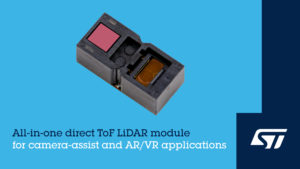
STMicroelectronics Expands into 3D Depth Sensing with Latest Time-of-flight Sensors
Building on a leading position in direct Time-of-Flight sensors, with two billion FlightSense™ devices sold, ST reveals new direct and indirect Time-of-Flight sensors for key applications like camera assist, virtual reality, 3D webcam, robotics and smart buildings Market-first true all-in-one dToF LiDAR module with up to 2.3k zones, targets smartphone camera-assist and AR/VR applications The
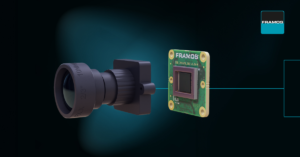
Choosing Your Path with FRAMOS: Navigating Optical Image Sensor Module Complexities
February 22, 2024 – FRAMOS, a leading imaging company, is excited to announce a free webinar “Build vs Buy: Navigating Optical Image Sensor Module Complexities” hosted by the Edge AI and Vision Alliance. This webinar represents a significant milestone for the company and demonstrates its commitment to providing embedded vision solutions. On March 7, 2024,
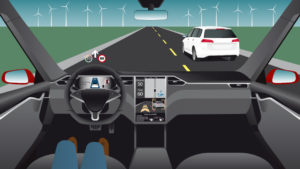
Tesla Adopts Radar for Interior Monitoring
With the shift towards electric vehicles, end-users are becoming less concerned about traditional differentiators like engine horsepower and are placing greater emphasis on smart interior functions. This trend is compelling automotive OEMs to invest more efforts in enhancing interior features, thereby adding greater value to their products and distinguishing them from other vehicles. Driven by
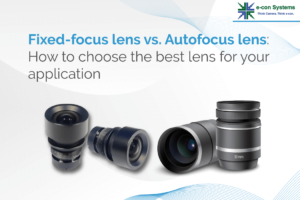
Fixed-focus vs. Autofocus Lenses: How to Choose the Best Lens for Your Application
This blog post was originally published at e-con Systems’ website. It is reprinted here with the permission of e-con Systems. In this blog, you’ll learn about these two lens types with key insights into their attributes and best-use scenarios in the world of embedded vision. Embedded vision systems rely heavily on the capabilities of their

IoT for Dummies: Decoding the Language of Your Smart Building
This blog post was originally published at Digica’s website. It is reprinted here with the permission of Digica. As smart home technology continues to evolve, our homes are becoming equipped with an increasing number of sensors, each capable of generating valuable data. From security systems and motion detectors to monitoring electricity and water usage, these
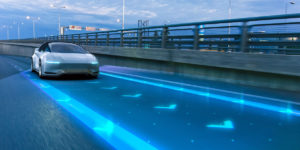
CES 2024 Showed that the Future of Cars will be Defined by AI
IDTechEx‘s new report, “Future Automotive Technologies 2024-2034: Applications, Megatrends, Forecasts“, highlights the biggest changes coming to cars over the next ten years. Electrification will change what powers cars, and automation will change how they are driven, but one of the biggest opportunities is connectivity and software definition, which will change how cars are monetized. This

Get Ready to Be Submerged by the New Optics Revolution
This market research report was originally published at the Yole Group’s website. It is reprinted here with the permission of the Yole Group. A new, tiny device is appearing in some smartphone sensing modules, initiating a revolution in the field of consumer photonics technologies and how we can manipulate light. Indeed, Yole Group had identified
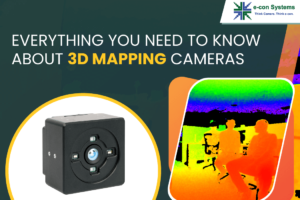
Everything You Need to Know About 3D Mapping Cameras
This blog post was originally published at e-con Systems’ website. It is reprinted here with the permission of e-con Systems. 3D mapping technology greatly improves imaging capabilities, empowering applications used in industries like manufacturing, healthcare, agriculture, etc. Learn about the types of 3D cameras, their key components, and benefits. Also get to know popular use
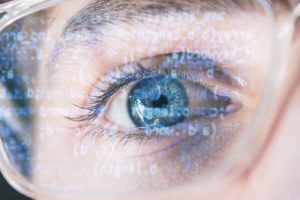
Adapting Strategies: Industrial Machine Vision’s Response to Short-term Challenges
This market research report was originally published at the Yole Group’s website. It is reprinted here with the permission of the Yole Group. In 2023, the total machine vision market generated $6.9 billion in revenue. When will growth return? OUTLINE Industrial machine vision: a $7.8 billion market in 2029 compared to $6.9 billion in 2023.

How Does LiDAR Work In Detail?
This blog post was originally published at Outsight’s website. It is reprinted here with the permission of Outsight. 3D LiDAR is a complex technology that enables unprecedented spatial intelligence. Many engineering choices are possible when building a new device. This article is a continuation of the basic introduction to LiDAR technology that was provided in

